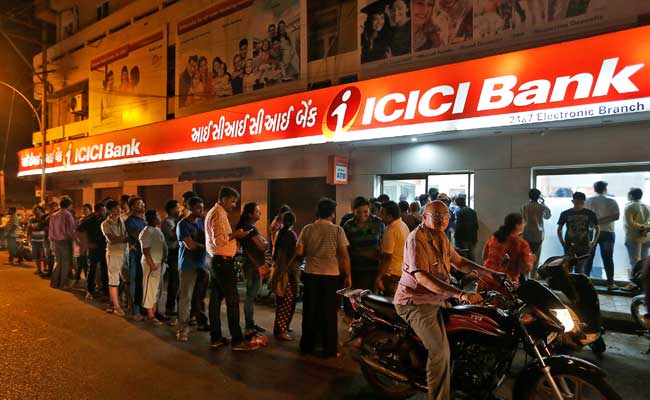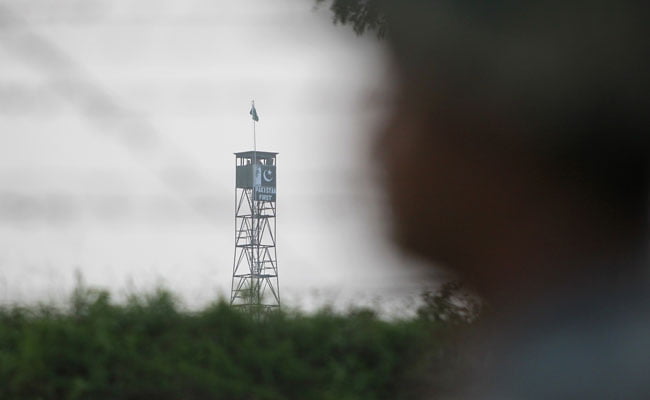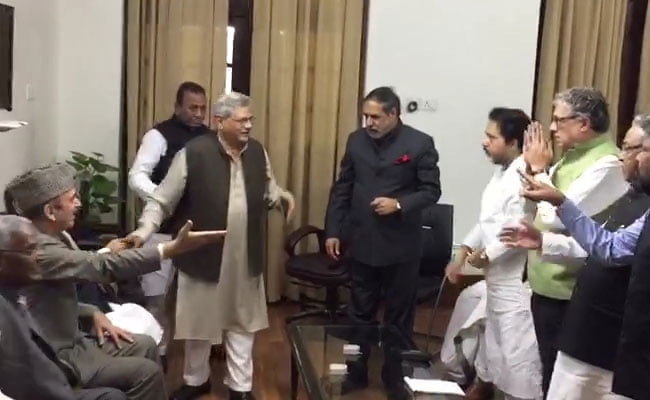

Days before Prime Minister Narendra Modi stunned with his announcement banning Rs. 500 and Rs. 1,000 notes, the Reserve Bank of India had ordered banks to set up ATMs that would only dispense Rs. 100 notes, reports news agency IANS.
“How many banks complied with this directive is not known,” it said.
Since the old notes were declared invalid for transaction – a reform praised for its crackdown on black money – India has been waiting in line for the new currency (Rs. 500 and Rs. 2,000 notes). ATMs, which were meant to be operational on Thursday, are being reset to dispense the new notes, said Finance Minister Arun Jaitley yesterday, adding that it could take three weeks for all cash machines to serve as needed.
The ATMs that are working are quickly running dry. For now, Rs. 2,500 can be withdrawn per card per day from working ATM machines, but Rs. 100 notes are in tremendously short supply, as are the new notes. Since Rs. 100 notes have not been refurbished, experts have argued that they should have been readily available to compensate for the limited availability of the new ones. Without enough Rs. 100 notes, it’s also hard for shopkeepers to give back change to customers paying with the new Rs. 500 and Rs. 2,000 notes.
“The technology takes about two-three weeks to recalibrate. The central switch needs to be changed and each machine needs to be altered individually, about 200,000 machines,”Mr Jaitley said. “And because the size of the new notes is different, the machines are being recalibrated slowly”. He said ATMs could not have been reconfigured ahead of time as it would have given “the whole game away”.
In its circular issued on November 2, six days before the old notes were pulled from circulation, the Reserve Bank of India ordered: “in keeping with the objectives of Clean Note Policy and to ensure that genuine requirement of members of public for Rs. 100 denomination bank notes are met, the banks should increase dispensation of Rs. 100 bank notes through ATMs.”
Stating that to start with, 10 per cent of the ATMs in the country would be recalibrated, the RBI said that “as the process involved in configuring the requisite number of machines is not complex, the banks are required to complete the exercise within 15 days”.
The RBI had also in May this year tried to incentivize banks to set up ATMs which dispensed only Rs. 100 notes. In a circular on May 5, the central bank promised to pay 50 per cent of the cost of such ATMs.
For now, old bills can be exchanged for limited amounts of the new notes; they can also be deposited until December 30 in banks, but customers will face major scrutiny by tax authorities if they cannot account for a sudden swell in their balance.
Analysts have broadly welcomed the decision, saying consumer spending would likely dip in the short term as the new notes made their way into circulation but that the move would boost GDP in the long term.
[Source:-NDTV]




